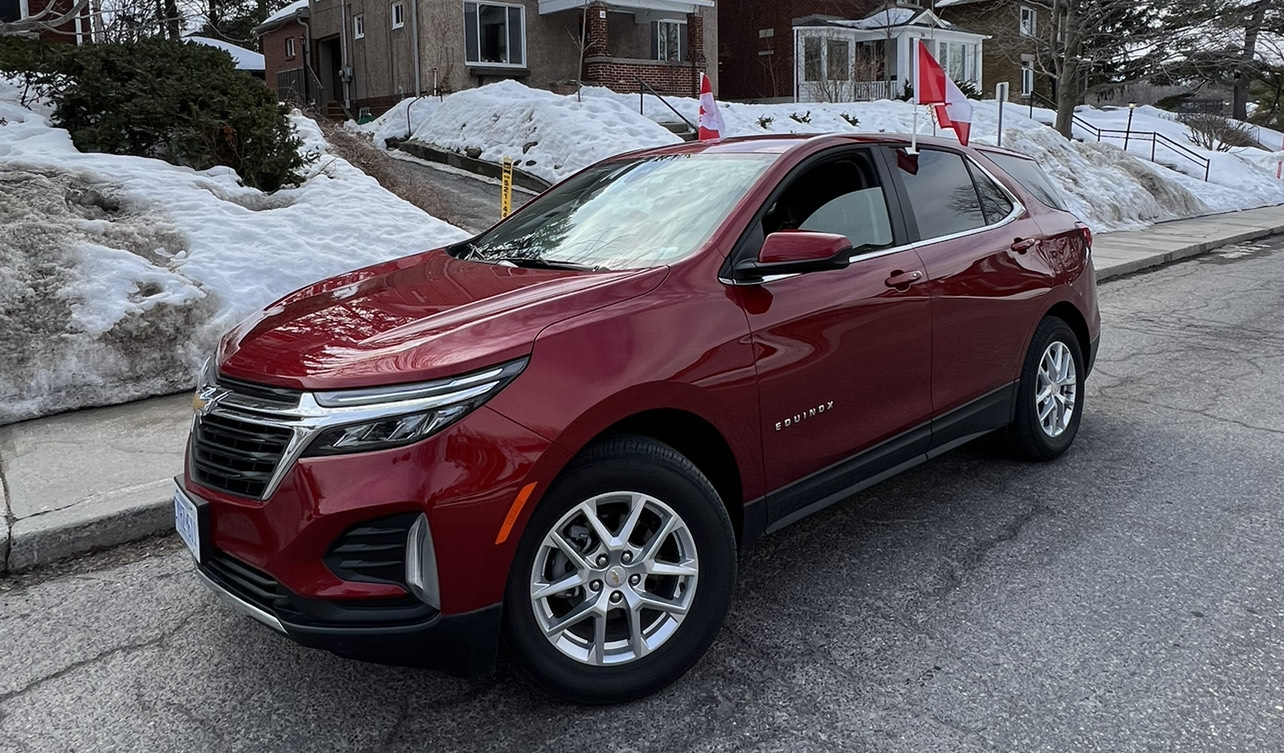Trudeau’s new vehicle ban is a non starter

The Trudeau government’s ban on new gas and diesel vehicles is a nonstarter for three powerful reasons.
First, Canadians want to drive gas-powered minivans and diesel pickups.
Second, Canada does not have the electrical power to fuel these battery-powered cars.
Third, Canadians do not have the money to build the power-generating stations that would be needed to power these government-mandated vehicles.
Let’s start on the showroom floor.
The Trudeau government is banning the sale of new gasoline and diesel-powered vehicles by 2035.
In about 10 years’ time, Canadians will not be allowed to buy a new vehicle powered by an internal combustion engine because the government will forbid it.
Canadians disagree with this.
The Canadian Taxpayers Federation released Leger polling showing 59 per cent of Canadians oppose the federal government’s ban on new gas and diesel vehicles.
Among those who are decided on the issue, 67 per cent of Canadians, and majorities in every demographic, oppose the Trudeau government’s ban.
Now let’s look under the hood.
Canada does not have the electricity to charge these battery-powered cars. The government hasn’t presented any plan to pay for the power plants, transmission lines and charging stations for these government-mandated vehicles.
That leaves a big question: How much will this cost taxpayers?
Canada’s vehicle transition could cost up to $300 billion by 2040 to expand the electrical grid, according to a report for Natural Resources Canada.
Let’s look at why this will cost so much.
The average Canadian household uses about 10,861 kWh in electricity per year. The average electric car uses about 4,500 kWh of energy per year.
The average household’s electricity use would jump by about 40 per cent if they bought one EV and charged it at home.
Canada is home to 24 million cars and light trucks that run on gasoline and diesel, according to Statistics Canada.
If all those vehicles were powered by electricity and batteries, that fleet would use about 108 million mWh of power every year.
For context, one large CANDU nuclear reactor at the Darlington nuclear plant in Ontario generates about 7,750,000 mWh of power per year.
Canada would require about 14 of these reactors to power all of those electric cars.
Building a large nuclear reactor costs about $12.5 billion.
That’s a price tag of about $175 billion just for all the power plants. The Natural Resources report estimates the transition to electric vehicles could cost up to $300 billion in total, when new charging stations and power lines are included.
Who would be paying that tab? Normal Canadians through higher taxes and power bills.
Canadians cannot afford the cost of these mandatory electric vehicles because they’re broke.
Canadians are broke largely because of high taxes and high inflation, both driven by the Trudeau government’s wasteful spending.
About half of Canadians say they are within $200 of not being able to make the minimum payments on their bills each month. That’s also known as barely scraping by.
Food banks are facing record demand, with a sharp increase in working families needing help. That means parents who are holding down jobs are still depending on donated jars of peanut butter to feed their kids.
Rubbing salt into the wound, the federal government also put taxpayers on the hook for about $30 billion to multinational corporations like Honda, Volkswagen, Stellantis and Northvolt to build EV battery factories.
The roadside sobriety test is complete, and the Trudeau government is blowing a fail on this policy.
Canadians are opposed to the Trudeau government banning the sale of new gasoline and diesel-powered vehicles.
Canada does not have the electricity to charge these battery-powered cars.
Canadians don’t have the money to build the new power plants, transmission lines and charging stations these vehicles would demand.
It’s time to tow this ban on new gas and diesel vehicles to the scrapyard.
Franco Terrazzano is the Federal Director and Kris Sims is the Alberta Director of the Canadian Taxpayers Federation